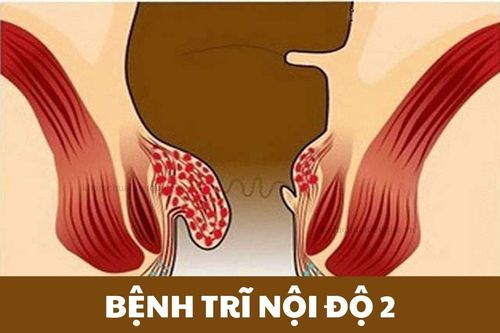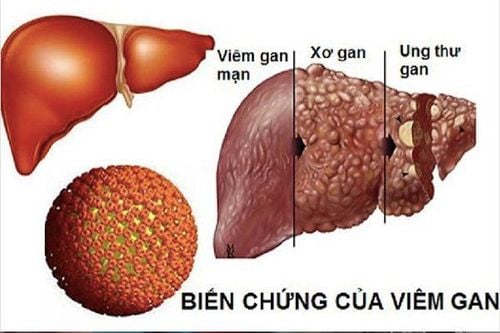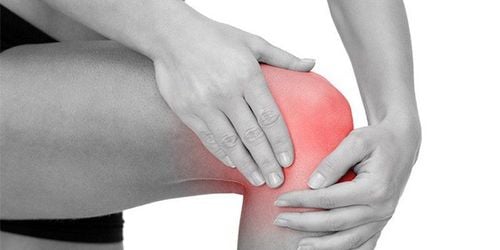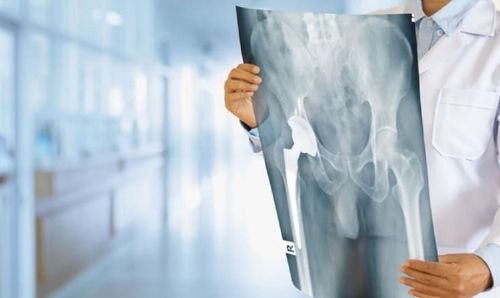This is an automatically translated article.
Pear muscle syndrome (pyramidal muscle) is a rare neuromuscular disorder where the pear muscle compresses the sciatic nerve. However, the vast majority of cases of sciatica are not caused by pear muscle syndrome.1. What is Piriformis syndrome?
1.1. What is a pear muscle? The pear-shaped muscle is a flattened muscle of the gluteal muscle group, which is pear-shaped or pyramidal, so it is also known as the pyramidal muscle. This is a deep muscle layer behind and obliquely of the gluteus maximus, adjacent to the superior border of the hip joint. The pear-shaped muscle plays a very important role in the movement of the lower body, with the main function being:Helps to fix the hip joint; Lift and rotate the thighs quickly outward; Maintain walking balance; Lift your body weight from one foot to the other. In general, the pear muscle is involved in most sports movements involving the movement of the groin and legs.
1.2. What is the sciatic nerve? The sciatic nerve is a thick and long nerve in the body, also known as the sciatic nerve or the sciatic nerve. The sciatic nerve travels along the inferior border of the piriformis muscle, down the back of the leg, and finally branches into small nerve branches that terminate at the foot. So when the pear muscle contracts, it can put pressure on this nerve.
1.3. Answering the question "What is piriformis syndrome?", doctors said this is a fairly rare neuromuscular disorder, also known as pyramidal syndrome. This condition occurs when the pear muscle swells and contracts, leading to irritation or compression of the sciatic nerve. This causes pain, tingling, and numbness in the hip or buttock, as well as under the thigh and lower leg along the descending nerve.
2. Causes of pear muscle syndrome

Tập thể dục quá sức có thể dẫn tới tình trạng co thắt, tổn thương, sưng và kích thích của cơ hình lê
Obturator stenosis; Has an accessory pear muscle; pyramidal hypertrophy; Anterior curvature of the lumbar spine; Muscle spasms; Cerebral palsy ; Bursitis; Inflammation of the pear-shaped muscle. In addition, spasm, injury, swelling and irritation of the pear muscle can also be caused by:
Over-exercising, especially performing repetitive movements of the legs (running pull-ups). long); Injuries, heavy falls; Lifting heavy objects; Climbing stairs; Frequently sitting for long periods of time to work or watch TV for too long; Suddenly exercising regularly after long periods of inactivity; Muscle strain and overweight due to pregnancy; People with problems in the sacroiliac joint. Some typical injuries to the pear muscle include sudden hip rotation, a direct hit from a sport, a traffic accident, or a deep tear to the muscle.
3. Symptoms of pear muscle syndrome
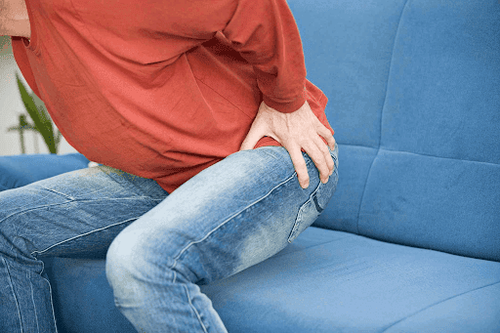
Đau ngứa ran hoặc tê vùng mông là triệu chứng thường thấy của hội chứng cơ hình lê
Tingling pain, or numbness in the buttocks; Numbness and weakness that gets worse, spreading to the back of the thighs, calves, and feet; Pain often increases when climbing stairs, standing up, sitting down, or walking or running; Pain can also be triggered by prolonged sitting, like driving a car long distances or having a direct impact on the pear muscle. However, most cases of sciatica are not due to psoriatic syndrome. Therefore, it needs to be differential diagnosis for correct treatment.
4. Diagnosis of pear muscle syndrome
In many cases, doctors often diagnose pear muscle syndrome based on the patient's statement of symptoms and lifestyle habits, combined with physical examination, looking for spasms or relaxation of the pear muscle, as well as like applying a series of movements that strain the muscle that causes pain.Although there is no definitive diagnostic test for psoriatic syndrome, to rule out other causes of sciatic nerve compression (eg, herniated disc) your doctor may recommend a physical exam. Investigate:
Electrophysiology: Also called the FAIR test, it helps measure the slow conduction rate of nerves when pressed by the pyramidal muscle; Magnetic Resonance Imaging (MRI Scan): The only method that shows the full image of the piriformis muscle and nerves, highlighting inflammation or injury, sometimes also identifying the accessory pyramidal muscle. or hypertrophy. In general, the symptoms of pear muscle pain are similar to those of other diseases, especially sciatica caused by lumbar spine disease. Therefore, the differential diagnosis is very important to decide on the appropriate treatment.
5. Treatment of pear muscle syndrome

Hội chứng cơ hình lê có thể được điều trị bằng thuốc kháng viêm không steroid hoặc thuốc giãn cơ
Physiotherapy: Short-wave or infrared heat therapy, drug ion electrophoresis, pulsed electricity can help relieve symptoms; Oral medications: Non-steroidal anti-inflammatory drugs or muscle relaxants; Injections: Corticosteroid or Botox injections help relieve muscle tension and nerve compression. However, there is research showing that the use of the paralytic properties of botulinum toxin is more effective than corticosteroids; Chiropractic treatment to help relieve pain and increase range of motion; Other treatments such as the use of a mild electric current iontophoresis; Surgery: This is the last treatment that may be recommended by your doctor. Because the cause of pear muscle syndrome often stems from familiar daily movements, we can prevent it by living in the right posture, warming up before exercise and increasing the intensity gradually. If pain occurs, stop activity and rest until it subsides. For people who already have the disease, regular physical therapy will limit the risk of recurrence of the syndrome. People who are in a predisposed group should also learn more about what the symptoms of pear muscle syndrome are so that they can see a doctor when necessary.
MORE:
Diagnosis and treatment of sciatica Magnetic resonance imaging (MRI) of the hip Exercises to help relieve sciatica





